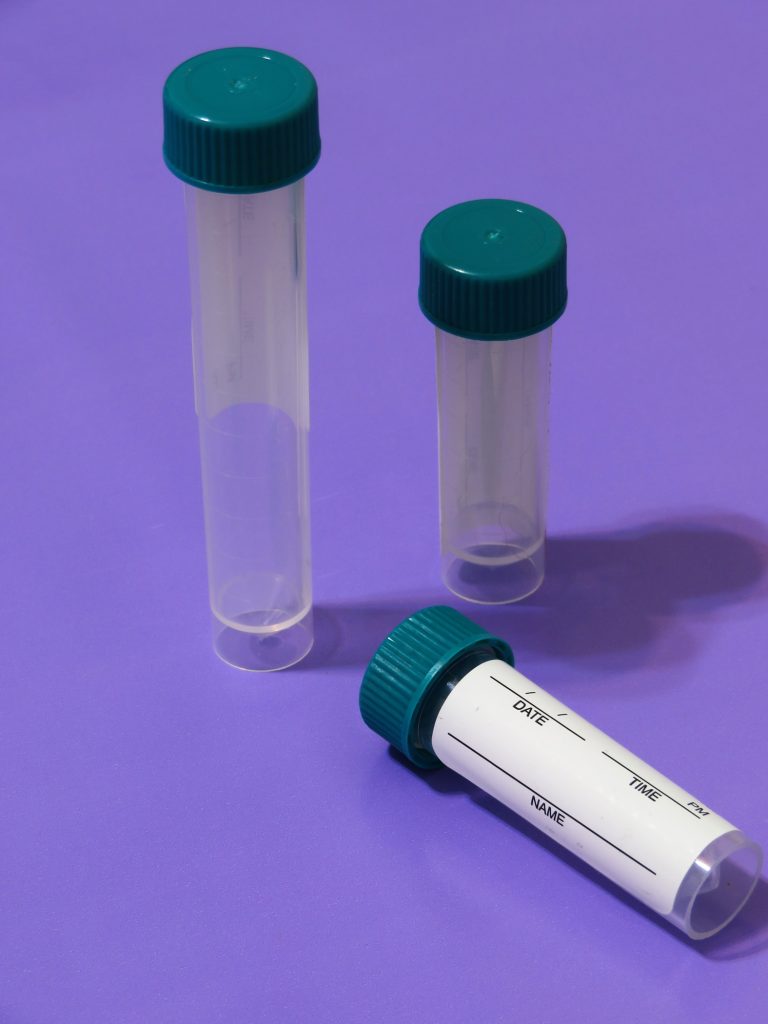First malaria saliva test identifies malaria parasites

Researchers have developed a non-invasive, easy-to-use saliva test to screen for malaria parasites before patients present any clinical symptoms.
An estimated 219 million malaria cases were reported in 2017 – an increase of 2 million cases since 2016.1 Majority of ongoing malaria parasite transmission is attributed to low-density subclinical infections not readily detected by currently available rapid diagnostic tests (RDT) or microscopy.2 Moreover, molecular tests are not readily available to hospitals, clinics or other point-of-need (PON) sites. Recently, false-negative test results from the most commonly used RDT in sub-Saharan Africa has become a growing concern as more children are being left untreated. This RDT relies on antibody detection of Plasmodium falciparum histidine-rich protein 2 (HRP2). This has prompted researchers to develop diagnostic tests to address the obstacle to malaria elimination and eradication.
It has recently been shown that parasite biomarkers can enter into other biofluids, such as urine and saliva.2 While existing RDTs use blood for screening, the new malaria saliva test identifies a biomarker in spit which indicates the presence of malaria parasite, and results are given between five to 20 minutes.2,3 With the new tool, the researchers reported the successful identification of 35 P. falciparum proteins in subclinical infection which represent various stages of the parasite life cycle.2 This includes stage V gametocytes and a marker specific to mature female gametocytes.
The new test undoubtedly addresses the unmet need for sensitive PON diagnostic tests for the identification of subclinical carriage of malaria parasites in human, particularly in clinical, school, community centre or home settings.2 The ability to identify carriers of malaria using this new test may also represent a huge step forward in the context of malaria elimination and eradication, as timely treatment and vaccination can be prompted.3
The researchers have successfully conducted a trial in 364 children with subclinical malaria infection in Cameroon and Zambia,2 and are hopeful for the RDT to be approved by regulators soon prior to making it available in the market in 2020.3 In addition to identifying malaria carriers, the new test will allow the mapping of transmission hotspots more accurately, thereby supporting appropriate interventions.2
References
- World Health Organization (WHO). World malaria report 2018. Available at: https://www.who.int/malaria/publications/world-malaria-report-2018/report/en/. Accessed January 2019.
- Tao D, et al. Sci Transl Med 2019;11:eaan4479.
- The Telegraph. First malaria saliva test could help eliminate the disease through early diagnosis. Available at: https://www.telegraph.co.uk/news/2019/01/04/first-malaria-saliva-test-could-help-eliminate-disease-early/. Accessed 7 December 2018.










